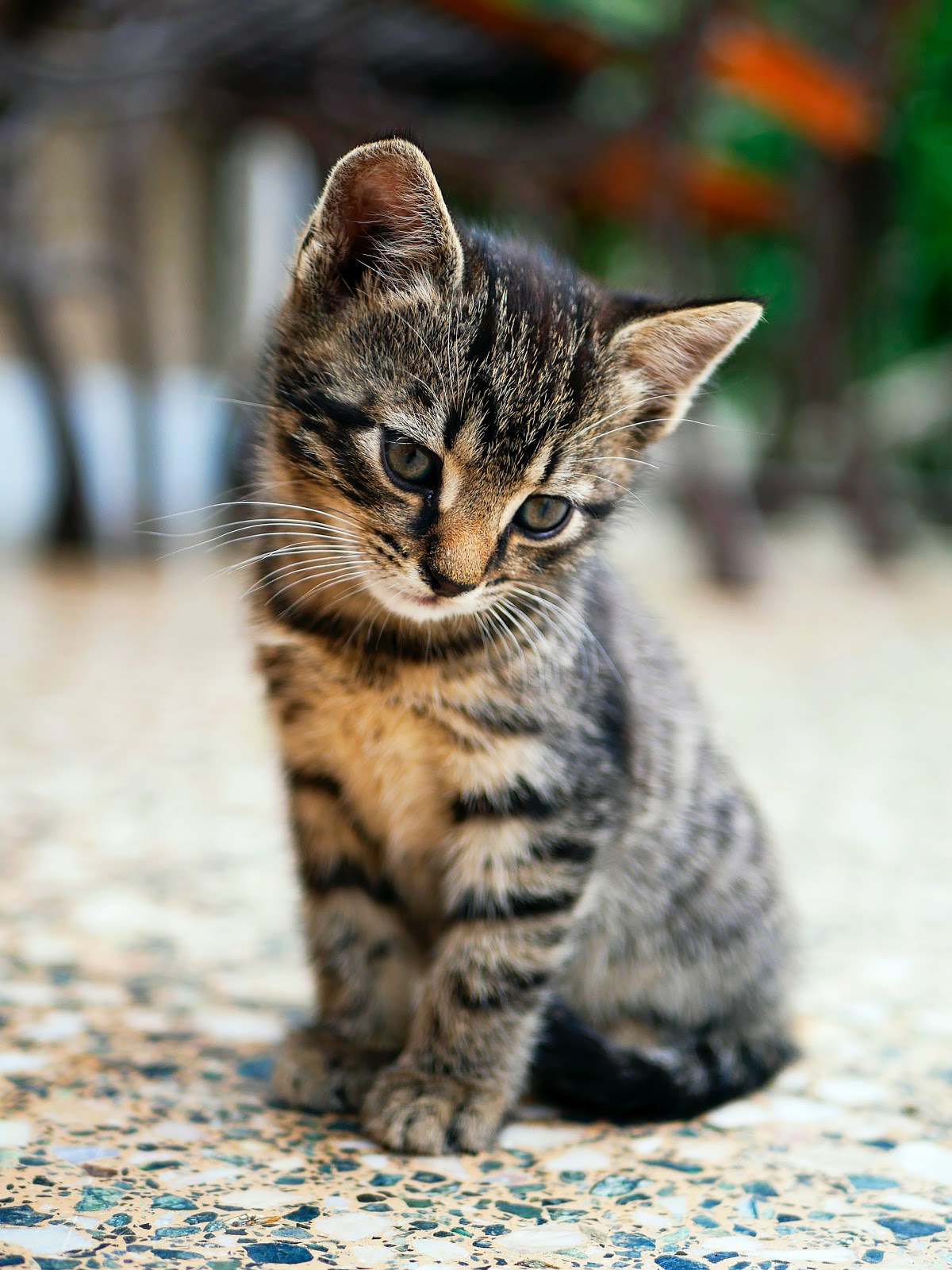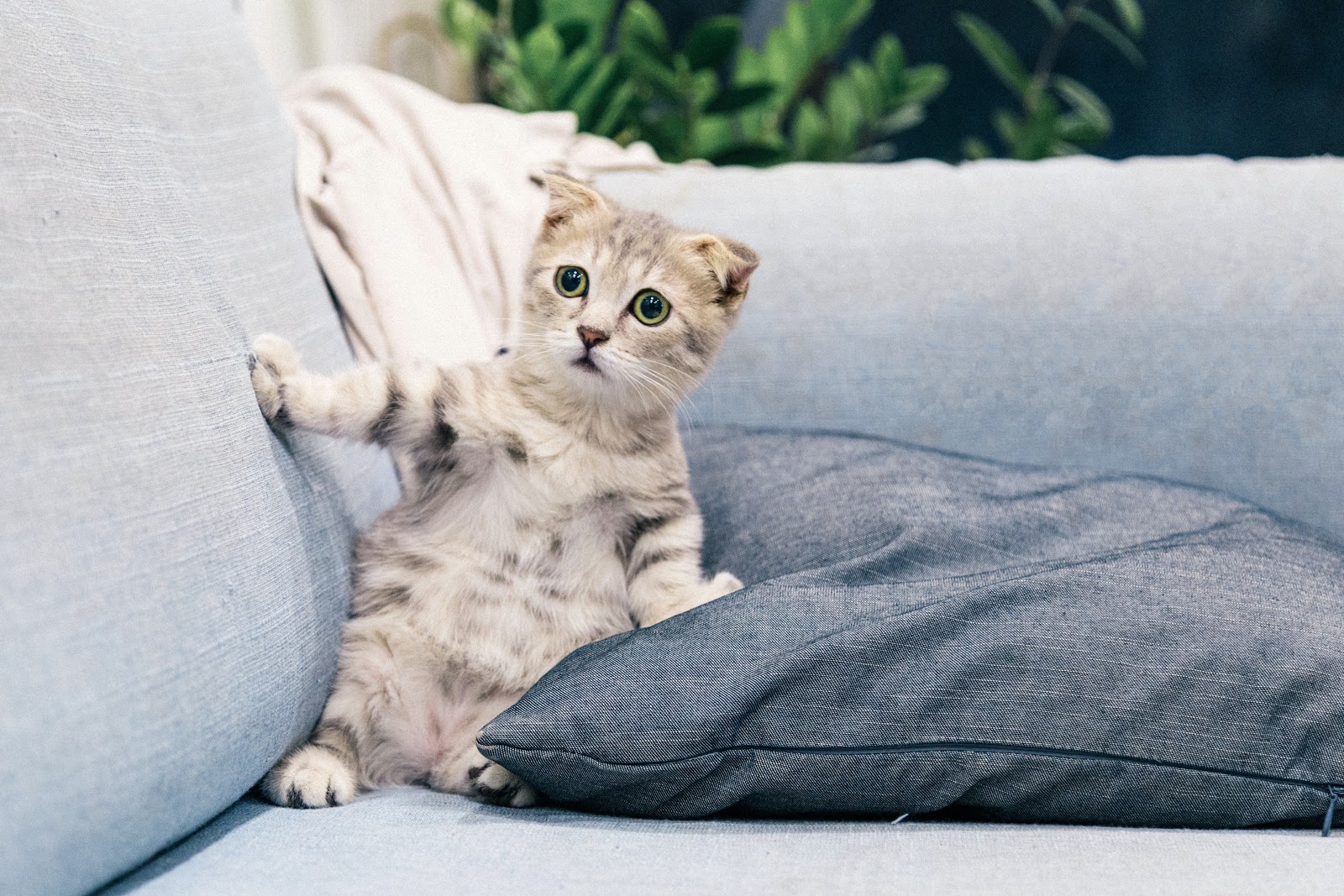Cat Skin Problems are very common, a cat's skin is a barrier between its body and the outside world. If a cat has skin problems, this barrier can be weakened. It weakens the body's defenses and, in many cases, generates a great deal of discomfort.
Since cat skin is one of the few organs we can easily see with the naked eye, Cat Skin Problems are easy to spot. However, there are hundreds of causes of skin disease in cats.

Signs of Cat Skin Problems:
-
Hair loss
-
Itchy skin
-
Scabs
-
Sores
-
Miliary dermatitis
-
Rashes
-
Dry, flaky skin
-
Red spots
-
Oily skin/fur
-
Infections
-
Bumps, lumps, skin tags, and tumors
Cat's health is important and we should prevent them from suffering from skin problems.

The most common Cat Skin Problems:
1- Mange:
Mange is an inflammatory skin disease that is caused by different types of mites, they are invisible to the naked eye, so they require a microscope to see them. Mites live and hide into the skin and fur of a cat, causing excessive scratching and swelling; Hair loss around the face, eyelids, neck, and back. Intense scratching can cause scaling and redness.
If your pet has been diagnosed with mites, clean its bedding and collar and prevent contact with other animals. mites are killed by using a topical treatment.
2- Ear Mites:
Ear mites are common in cats, especially cats who may catch them from their mothers, but they can be seen in cats of any age. Cats rub their ears and shake their heads to relieve symptoms. Ear mites can be very itchy, and cats often spend long periods scratching their ears. Ear mites can cause an ear infection that, if left untreated, can also lead to a bacterial infection.
3- Ticks and fleas:
Keeping up with preventive treatments for ticks and fleas is important for your cat. Once applied to your cat's skin, preventive treatments for ticks and fleas work by circulating the blood system. The parasite absorbs blood and kills with the chemical solution.
4- Environmental allergies:
Pets can be sensitive to everyday items as they come into contact with their surroundings. This could include a food allergy; Some chemicals used around the house; And any dust, grass, or pollen. When a cat is sensitive to her surroundings, she tends to be over-groomed and overly itchy, which can lead to patchy fur appearing, especially if she has chewed on her joints to reduce the irritation.
Watch your cat and your veterinarian can make an accurate diagnosis for treatment.
5- Hair loss due to stress:
When your pet is under stress, its behavior changes which can lead to excessive grooming, sleep, and a bad mood. Environmental changes can stress pets, causing their coat to thin in the lower back and abdomen from licking too much.
In this case, it is best to visit your veterinarian to discuss possible causes of stress in your cat. Additional pheromone components can help ease your cat's anxiety, and removing the potential cause of stress from your cat's environment can prevent further hair loss.
6- Feline acne:
The cause of feline acne is unknown, it could be caused by environmental allergies. Blackheads (or pimples) appear on your cat's chin and under her lips. The chin can swell and become red, causing the cat to scratch the area to combat the irritation.
7- Food allergies.
8- Abscesses:
If you notice any swelling and pus-filled abscesses, this is a sign of an infection, which can be relieved by keeping the area clean and applying medical treatment.
9- Fungal infections:
It is essential to contact your veterinarian immediately, Ringworm is highly contagious to humans and other animals, you must clean your home, spray the carpets and wash all the bedding to remove any fungal spores.
Ringworm appears as a raised red circle on a cat's skin and can become crusty, red, thickened skin and hair loss in the affected area.
10- Stud tail:
Excessive sebum can result in a foul-smelling waxy substance at the top of your cat's tail. Feline acne (blackheads) can appear around the area and the fur can become oily.
11- Endocrine Dermatosis:
Dandruff, itching, and dry fur or hair loss can indicate an underlying skin condition in cats that is caused by a hormonal imbalance.

summary
Our Dewtreats for you today are to explain symptoms and causes of Cat Skin Problems, to make everyone take care of its cat, and to always make sure that its cat is good and clean because its health is very important to her and the health of humans.
By/ Randa



You must be logged in to post a comment.